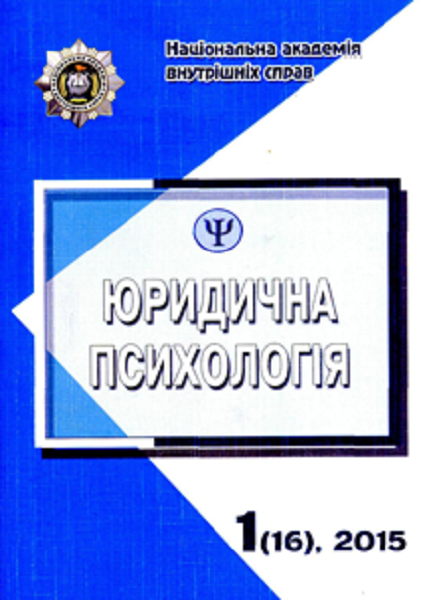Genesis of xenophobia
Keywords:
genesis, underaged’s, xenophobia, causes of xenophobia, image of the enemy, prevention
Abstract
The article deals with the analysis of the causes xenophobia that give rise to biased hostile attitude toward other nations and ethnic groups. Investigated the biological background and psychological causes of xenophobia, the role of political and economic factors in the causation of xenophobia in underaged’s. Is taken into account the mechanism of formation of the image of the enemy, the opposition of «we-they» group phenomenon among children, the lack of uniform values, the phenomenonofthe deficiency, the competition, the migrantophobia, the idea of the titular nation etc. On the basis ofallocatedcauseshostilitytoward othernations, trace inthe waysof preventionof this negative phenomenon. Specified phenomensand mechanisms of overcoming xenophobia, such as «positivecomplementarity», «instinctof solidarity», «motive ofmutual helpfulness», «commonbeliefs». Proves the necessity of line preventive measures to overcome the xenophobia is on children.Downloads
Download data is not yet available.
Abstract views: 138 PDF Downloads: 200
Issue
Section
Psychological issues of work with delinquent persons
- Authors reserve the right to authorship of their own work and transfer to the magazine the right of the first publication of this work under the terms of the Creative Commons Attribution License, which allows other persons to freely distribute published work with mandatory reference to authors of the original work and the first publication of an article in this magazine.
- Authors have the right to enter into separate additional agreements on non-exclusive dissemination of the work in the form in which it was published in the journal (for example, to post an article in the institution's repository or to publish as part of a monograph), provided that the link to the first publication of the work in this journal is maintained.
- The journal's policy allows and encourages the posting of articles by authors on the Internet (for example, in electronic storehouses of institutions or on personal websites), both before the submission of this manuscript to the editorial office and during its editorial processing, as this contributes to the creation of a productive scientific discussion and positively affects the efficiency and dynamics of citing the published work.




